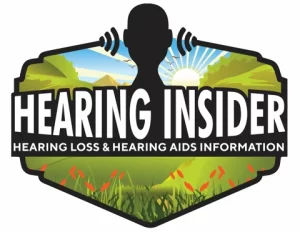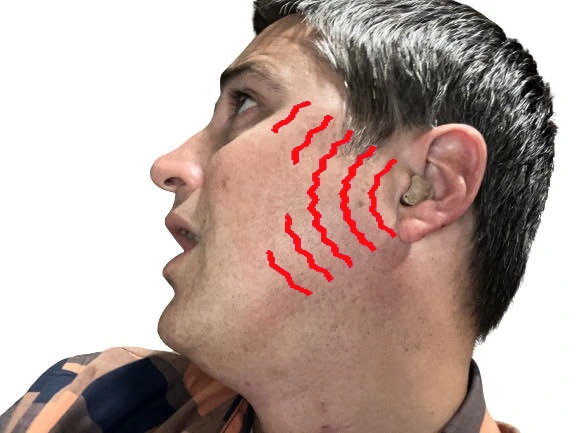Persistent whistling, squealing, or chirping noises from your hearing aids can be frustrating—drawing unwanted attention and even making you reluctant to wear them. This comprehensive guide will explain what causes hearing aid feedback, how to fix it, and long-term prevention strategies so you can enjoy clear, comfortable hearing every day.
“Your improved quality of life should not be hindered by feedback from your hearing aids. Let’s address this issue once and for all!”
What is Hearing Aid Feedback?
Hearing aid feedback is the whistling, squealing, or buzzing sound you hear when amplified sound from your hearing aid re-enters its microphone, creating a loop. This acoustic loop can produce various noises—high-pitched whistles, screeches, chirps, or even low rumbles—depending on the frequency leakage and the device design.
While modern hearing aids include digital feedback cancellation technology, physical and environmental factors can still cause these noises. Understanding the root cause is the first step toward eliminating them.
Main Causes of Hearing Aid Feedback
1. Ill-Fitted Hearing Aids
If your hearing aid does not fit snugly in your ear, gaps can allow amplified sound to escape and re-enter the microphone. This is especially common if you’ve lost weight or if the ear canal shape changes over time.
2. Earwax Buildup
Even a small amount of earwax can reflect sound back into the hearing aid, creating a feedback loop. Regular ear cleaning can prevent this problem, but avoid cotton swabs as they often push wax deeper.
3. High Volume Levels
Increasing your hearing aid volume beyond the necessary level can cause sound leakage. If you find yourself turning the volume up frequently, your device may need reprogramming by your audiologist.
4. Mechanical Issues or Damage
Cracked tubing, loose microphones, or damaged earmolds can let sound escape and re-enter the system. Regular maintenance checks help identify these issues early.
5. Changes in Ear Shape
Aging, surgery, or weight changes can alter your ear canal shape, affecting the fit of your hearing aids. This can be resolved with new earmolds or adjustments.
Quick Fixes for Hearing Aid Whistling
- Reinsert the Hearing Aid: Ensure a snug, secure fit each time you wear it.
- Lower the Volume: Reduce the gain to prevent sound leakage.
- Move Away from Reflective Surfaces: Hard surfaces like walls can bounce sound back toward your hearing aids.
- Check for Hair or Accessories: Stray hair, hats, or scarves can redirect sound into the microphone.
Long-Term Solutions to Prevent Feedback
- Professional Fitting: Have your audiologist perform a real-ear measurement to ensure proper fit and gain settings.
- Earwax Management: Schedule regular ear cleaning with a professional to prevent blockage-related feedback.
- Re-run Feedback Calibration: Most modern devices allow recalibration to adapt to ear shape changes.
- Switch to a Different Dome or Mold: Closed domes or custom molds can greatly reduce leakage.
- Upgrade to Advanced Hearing Aids: Modern devices like Oticon Intent or other top-rated models use advanced algorithms to cancel feedback in real time.
- Regular Maintenance: Schedule a hearing aid cleaning and check-up every 6–12 months.
When to See a Professional
If feedback occurs even after trying the above steps, it may indicate a deeper mechanical or programming issue. A licensed audiologist can run diagnostics, update firmware, and recommend solutions. The American Speech-Language-Hearing Association offers additional guidance on hearing aid troubleshooting.
Final Thoughts
Hearing aid feedback can usually be resolved with the right combination of fit, maintenance, and technology. By addressing the root cause, you can enjoy uninterrupted, natural sound—and get the most out of your investment in better hearing.

